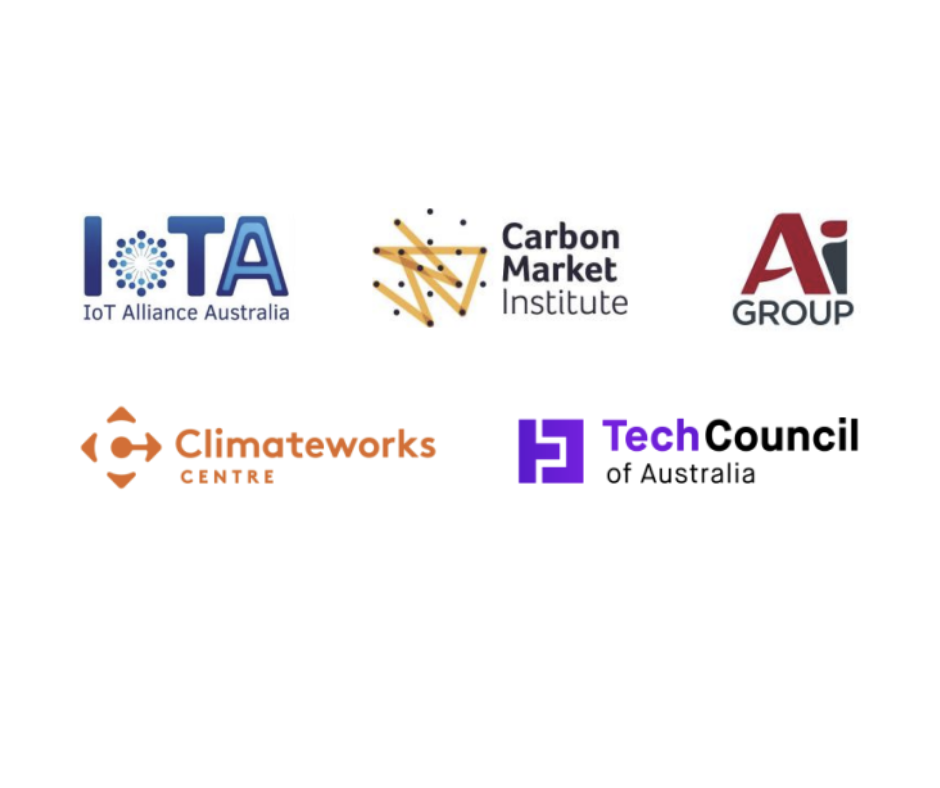Draft Safeguard Mechanism Rules a significant step forward, but require ambition and transparency
The Carbon Market Institute (CMI) has today welcomed the release of the Albanese Government’s draft Safeguard Mechanism Rules as an important step forward in guiding the decarbonisation of Australian industry, however highlighted a number of items that require greater clarity and consideration before the enhanced scheme is introduced in July 2023.
CMI CEO John Connor said the draft rules set a strong foundation and were a significant improvement on the previous framework, however the effectiveness of key details needed close consideration and review.
“The draft Rules lay out the fundamental structure for an efficient approach to industrial decarbonisation. However a number of additional guardrails need to be established at the outset to ensure the mechanism’s integrity and scalability.”
“Scalability is critical to the Mechanism’s ability to support Australia’s accelerating climate ambition through to 2030 and beyond. We suggest bringing forward the proposed review in FY 2026-27 to ensure sufficient lead time to inform investment decisions. This would also provide the opportunity to consider expanding the coverage to smaller facilities and to other sectors.”
“It’s also vital that regulatory decisions on the application of the Mechanism to individual businesses be as transparent as possible to ensure the scheme’s integrity. Guardrails should be established to moderate the broad regulatory discretion in terms of baseline setting for some facilities, and to ensure full transparency for reviews such as the Climate Change Authority’s annual review.”
“As we highlighted in our submission, the decline rate is critical and the scheme should be designed to help meet and beat the 43% 2030 target to help achieve at least 50% reductions by 2030, more closely aligned to Australia’s fair share of a 1.5°C effort. The 2030 target of 100 million tonnes for liable entities should be considered as a ‘floor’ rather than a ‘ceiling’ and to support this, the initial 4.9% baseline decline rate should be steepened over time.”
CMI looks forward to engaging further in consultation on the exposure draft of the Safeguard Rules, which will run until February 24. We will seek feedback from our members as well as experts to form an independent view on key design proposals, including:
• How the proposed hybrid approach to setting baselines for existing facilities would work in practice
• The treatment of Emissions-Intensive Trade Exposed industries (EITE’s), ensuring baseline decline variation does not jeopardise the scheme’s overall integrity
• Flexibility measures such as extended multi-year monitoring periods, and banking and borrowing, to ensure these support the scheme’s overall ambition
“The draft rules are rightly focused on sending clear decarbonisation investment signals to boardrooms. However, some of the proposals such as hybrid baseline setting, banking and borrowing of credits, and special decline rates for ‘Trade Exposed Baseline Adjusted Facilities’, need to be carefully considered as to whether they help or hinder.”
The publication of the draft Rules follows yesterday’s release of the Independent Chubb Review of ACCUs, which found Australia’s carbon crediting framework to be essentially ‘sound’. The review recommended improvements to increase transparency and allow the scheme to scale and support Australia’s renewed climate ambitions – including the reformed Safeguard Mechanism, to which ACCU supply and integrity will be essential to ensure it is delivering real emissions reductions. CMI’s response can be found here.
“The draft rules appropriately do not include limitations on the use of ACCUs or Safeguard Mechanism Credits (SMCs) in the opening phase of the enhanced mechanism. The priority should be for incentivising at source industrial decarbonisation, however where this is not possible, we should be encouraging high integrity emission reductions from other sectors or companies.”
“Use of ACCUs as well as SMCs create important flexibility options especially as new compliance obligations come into force until relevant technologies become economically viable for all liable entities. Over time, we believe it may be appropriate to tighten these flexibility measures in order to ratchet up ambition and to respond to market dynamics.”
A consultation on the ACCU purchasing function of the Powering the Regions Fund (PRF), which will supersede the previous Coalition Government’s Emissions Reduction Fund (ERF), has also opened and will run concurrent to consultation on the draft Safeguard Rules. It does not include consultation on the future of ACCU purchasing using the PRF which is to be considered by the Government as it implements the Chubb Review.
“It is important to invest PRF and other government funds to ensure public and private investment are aligned in a timely and inclusive transition that benefits all communities. The ACCU purchasing function of the new PRF has been separated from the other functions, and it is important it is not left behind in terms of funds and priority as it can be crucial in enabling technological, environmental and social co-benefits from the ACCU framework.”
About the Carbon Market Institute
The Carbon Market Institute (CMI) is a member-based institute accelerating the transition towards a negative emissions, nature positive world. It champions best practice in carbon markets and climate policy, and its nearly 150 members include primary producers, carbon project developers, Indigenous organisations, legal, technology and advisory services, insurers, banks, investors, corporate entities and emission intensive industries. The positions put forward constitute CMI’s independent view and do not purport to represent any CMI individual, member company, or industry sector. CMI’s latest Advocacy Policy Positions Statement can be viewed here.
For further information, contact Thomas Hann on 0408880536 or thomas.hann@carbonmarketinstitute.org



